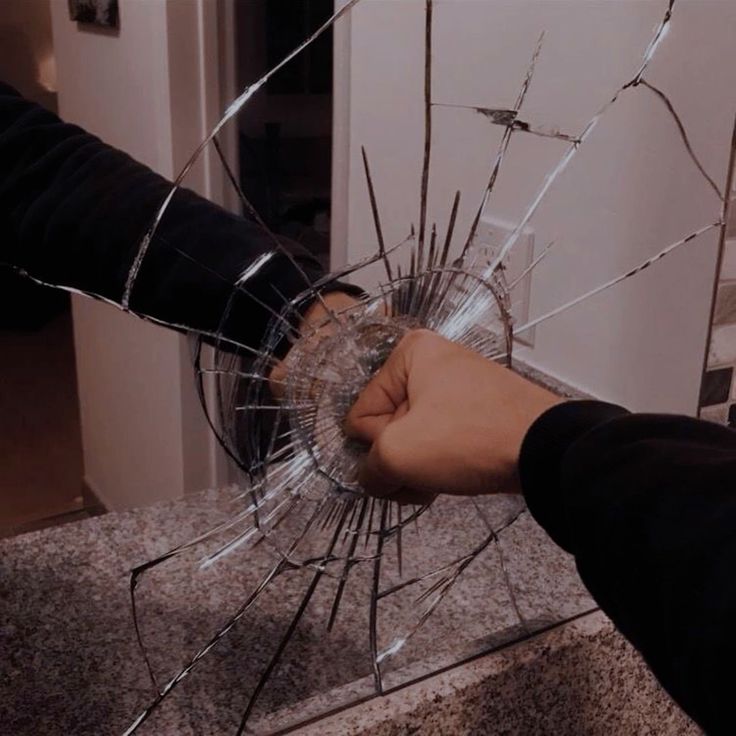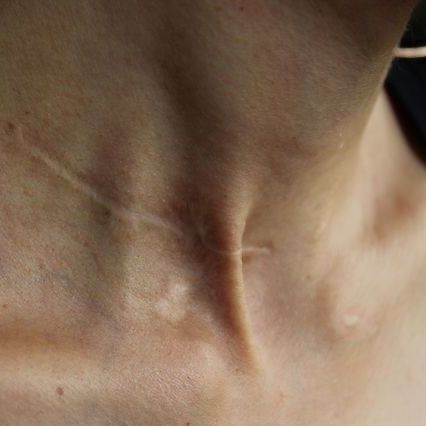Uncover the hidden realities, A compassionate guide to understanding self-harm, identifying key warning signs, and empowering yourself or others on the journey to recovery.
Self-harm is a distressing reality for many people, especially those struggling with emotional or psychological pain.
Often hidden from others, this behavior can manifest in various forms, including cutting, burning, or hitting oneself.
While it is typically a coping mechanism, it can have serious long-term physical and emotional consequences.
In this article, we will explore what it is, the different types, why individuals engage in it, the scars it leaves—both physical and mental—and how to find help and healing. We’ll also discuss treatment options and how to move forward from this destructive behavior.
What is Self-Harm?

Self-harm, also referred to as non-suicidal self-injury (NSSI), is the act of deliberately hurting oneself to cope with emotional distress or intense feelings.
It is typically done as a way to express feelings that a person finds difficult to verbalize or handle.
The pain may provide temporary relief from emotional turmoil but often leads to shame, guilt, and deeper psychological wounds.
Self-harm is not typically a suicide attempt, although people who do it may be at a higher risk of suicidal thoughts or actions.
According to mental health professionals, it is usually a symptom of underlying psychological conditions such as depression, anxiety, post-traumatic stress disorder (PTSD), or borderline personality disorder (BPD).
Types of Self-Harm

There are several forms and they can range from mild to severe. The types include:
1. Cutting:
The most common form of self-harm, cutting involves using sharp objects to make incisions on the skin. It is often done on areas of the body that are easy to hide, such as the arms, thighs, or abdomen.
2. Burning:
Some individuals burn their skin with matches, cigarettes, or hot objects as a form of self-punishment.
3. Hitting or Banging:

This type of self-harm involves hitting oneself or banging one’s head or body against hard surfaces to create bruises or other injuries.
4. scratching:
Some people scratch their skin excessively, causing open wounds or scabs.
5. Hair Pulling (Trichotillomania):
While not always classified as self-harm, compulsively pulling out one’s hair can be a way to release emotional tension.
6. Substance Abuse or Overeating:
While not always recognized as self-harm, abusing alcohol or drugs, or engaging in compulsive overeating, can also serve as a method of self-destruction.
Why Do People Self-Harm?

There are many reasons why individuals may engage in this, but at its core, it’s usually about attempting to cope with overwhelming feelings. Some of the common reasons include:
– Emotional release:
For many, self-harm serves as a way to release intense feelings of sadness, anger, or anxiety. The physical pain may distract from emotional pain.
– Control:
When life feels chaotic, self-harm can provide a false sense of control. The individual controls when, where, and how they inflict harm, which can be comforting.
– Self-punishment:
People struggling with feelings of guilt or self-loathing may use self-harm as a way to punish themselves.
– Communication:
In some cases, self-harm is a cry for help. It may be a way to show others the depth of emotional pain without verbally expressing it.
– Numbness:
For individuals who feel emotionally numb or detached, the physical pain can make them feel alive.
Self-Harm Scars: The Lingering Effects

One of the most visible signs of self-harm is the scars it leaves behind. These scars can serve as a constant reminder of the pain the person has endured, and they can lead to feelings of shame and embarrassment. Over time, scars can fade, but they often never disappear completely.
While some people wear their scars as a reminder of their journey, others go to great lengths to hide them. Long sleeves, bracelets, and makeup often conceal these marks. However, the emotional scars left behind may take longer to heal than the physical ones.
Healing from self-harm also involves addressing the underlying emotional pain, not just covering up the physical signs. Finding healthy coping mechanisms and seeking professional help are essential steps toward recovery.
How to Self-Harm (Why You Shouldn’t and How to Seek Help Instead)

The question of “how to self-harm” is one that unfortunately gets asked often by those in emotional distress. However, it’s crucial to understand that self-harm is not a solution to your problems, and there are healthier, safer ways to cope.
Instead of resorting to it, here are a few alternatives:
– Talk to Someone:
Whether it’s a trusted friend, family member, or professional therapist, talking about your feelings can provide relief.
– Write it Down:
Journaling can be a powerful way to process and express emotions.
– Exercise:
Physical activity releases endorphins, which can improve your mood.
– Creative Outlets:
Art, music, or other creative activities can help release emotions without causing harm.
If you or someone you know is engaging in this, it’s important to seek help. You don’t have to go through this alone. A mental health professional can work with you to identify the root causes of your self-harming behavior and develop healthier coping strategies.
Self-Harm Treatment: Ways to Recover and Heal
Recovering is possible, but it takes time, patience, and the right support. Treatment often involves addressing the underlying mental health issues and learning alternative coping mechanisms.
Here are some treatment options:
– Therapy:
Cognitive-behavioral therapy (CBT) is particularly effective for treatment, as it helps individuals understand their thought patterns and develop healthier coping strategies. Dialectical behavior therapy (DBT) is another form of therapy that is often used for individuals with self-harming behaviors, especially those with borderline personality disorder (BPD).
– Medication:
While no medication is specifically prescribed, underlying conditions such as depression, anxiety, or bipolar disorder can be treated with antidepressants, mood stabilizers, or anti-anxiety medications.
– Support Groups:
Talking to others who have gone through similar experiences can provide comfort and encouragement.
– Healthy Coping Strategies:
Learning new ways to cope with emotional distress is key to recovery. This can include exercise, mindfulness practices, or creative outlets such as art or writing.
Courageous Steps Toward Healing
Healing from self-harm is a journey that requires strength, support, and determination. If you’re reading this and struggling, know that you are not alone, and you don’t have to suffer in silence.
Courageous steps toward healing involve:
Acknowledging the problem:
The first step is recognizing that you need help and being open to receiving it.
Seeking support:
Whether through therapy, support groups, or confiding in a loved one, don’t be afraid to ask for help.
Developing healthier habits:
Replace self-harming behaviors with healthier coping strategies.
– Being patient:
Healing takes time, and it’s important to celebrate small victories along the way.
Conclusion
Self-harm is a complex and painful issue, but recovery is possible with the right support and treatment.
If you or someone you know is struggling, take that first step toward healing today. Seek help, reach out, and remember that your emotional well-being matters.
For more information on healing from self-harm, check out this helpful guide: [The Hidden Struggles of Self-Harm: Courageous Steps Toward Healing and Recovery].
Above used Photos are the product of Pinterest & Freepik

